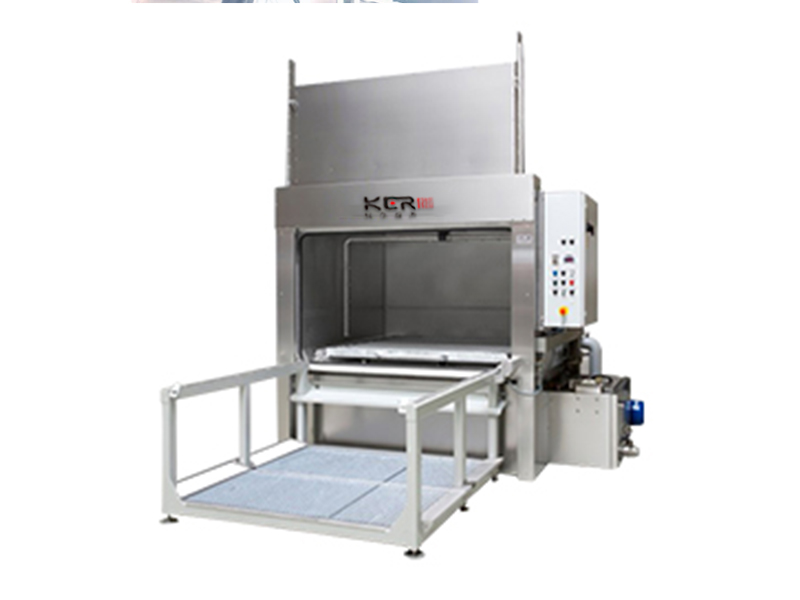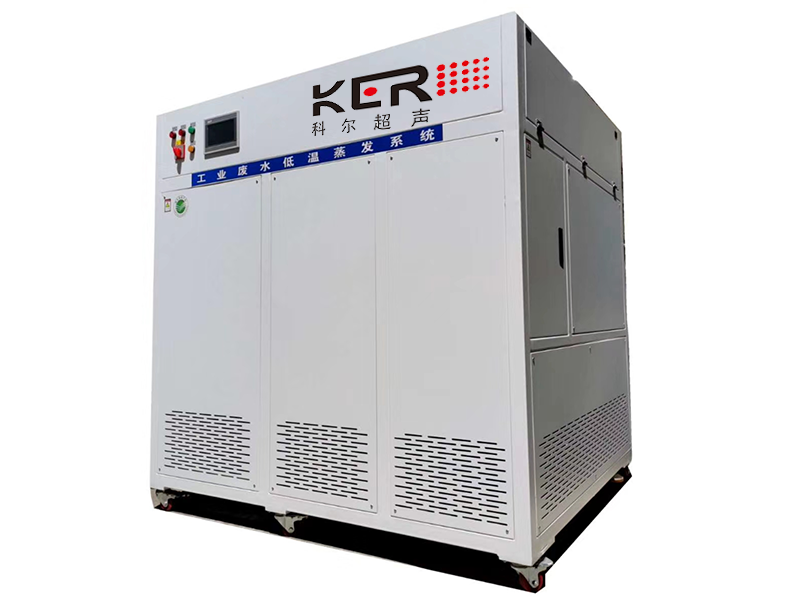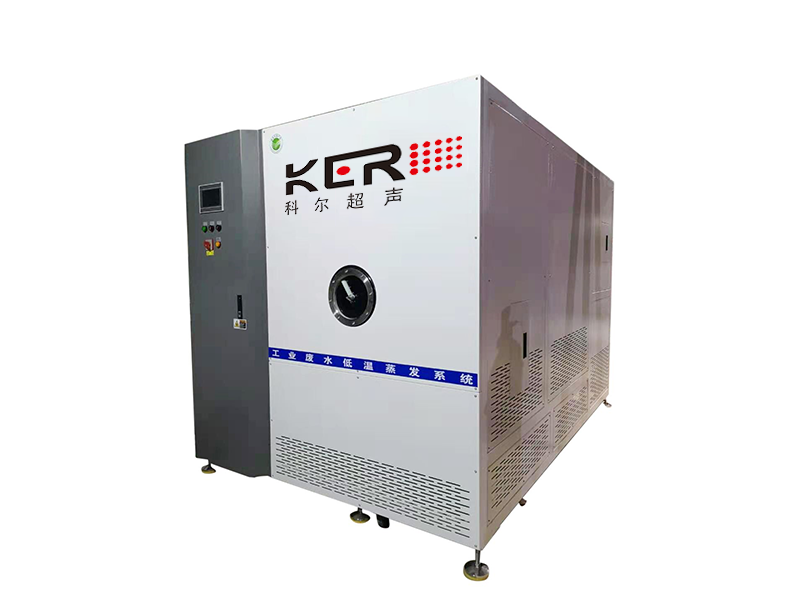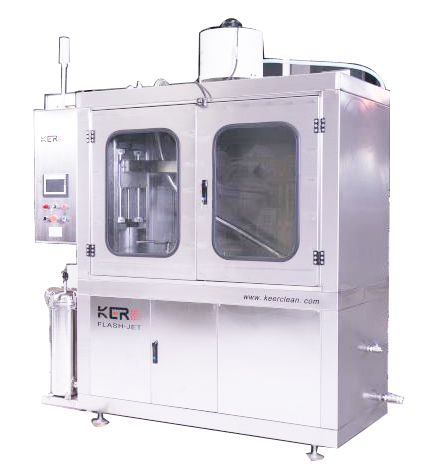
超聲頻率與(yǔ)功率密度需要注意什麽?
作者:admin來源:http://www.ahfanglei.com/時間:2021-09-10
超聲頻率:
Ultrasonic frequency:
當工作頻率很低(在人的聽覺範圍內)就會產生噪音。當頻率低於20kHz時,工作噪音不僅變得很大,而且可能超(chāo)出相關條例所規定的(de)安全噪音的限度。在需要高功(gōng)率去除汙垢而不用考慮工件表麵損傷的(de)應用中,通常選擇從20kHz到30kHz範圍(wéi)內的較低清洗頻率該頻率範圍內的清(qīng)洗(xǐ)頻率常常被用於清洗大型、重型零件(jiàn)或高密度材料的工件。
When the working frequency is very low (within the range of human hearing), noise will be generated. When the frequency is lower than 20kHz, the working noise not only becomes very large, but also may exceed the limit of safety noise specified in relevant regulations. In applications requiring high power to remove dirt without considering workpiece surface damage, a lower cleaning frequency in the range of 20kHz to 30kHz is usually selected. The cleaning frequency in the frequency range is often used to clean large, heavy parts or workpieces of high-density materials.
超(chāo)聲波清洗機設備廠家告訴您:高頻通常被用於清洗較小的零(líng)件,或清除微(wēi)小顆(kē)粒。高頻(pín)還被用於被(bèi)工件表麵不(bú)允許損傷的應用。
The manufacturer of ultrasonic cleaning machine tells you that high frequency is usually used to clean small parts or remove small particles. High frequency is also used in applications where the workpiece surface is not allowed to be damaged.

使用高頻可從幾個方麵改善清洗性(xìng)能。隨(suí)著(zhe)頻率的增加,空化泡的數量呈線(xiàn)形增加,從而產(chǎn)生更多更密集的衝擊波使其能進入到(dào)更小的縫隙中。
The use of high frequency can improve the cleaning performance in several ways. With the increase of frequency, the number of cavitation bubbles increases linearly, resulting in more and denser shock waves, which can enter into smaller gaps.
如果功率保持不變,空化泡變小,其(qí)釋放的能量相應減少(shǎo),這樣有效地減小了對工件表麵的損傷。高頻的另一個優勢在於(yú)減小了(le)粘滯邊界層(泊努裏效應),使得超聲波(bō)能夠'發現'細小的微粒。市場上常用頻率的產品有28KHz、32KHz、40kHz.
If the power remains unchanged, the cavitation bubble becomes smaller and the energy released by it decreases accordingly, which effectively reduces the damage to the workpiece surface. Another advantage of high frequency is that it reduces the viscous boundary layer (Bernoulli effect), so that ultrasound can 'find' fine particles. The frequency products commonly used in the market are 28kHz, 32kHz and 40KHz
功率(lǜ)密度:
Power density:
功率密度(dù)=發射功(gōng)率(W)/發射麵積(cm2),通(tōng)常≥0.5W/cm2.超(chāo)聲波的功率密(mì)度越高,空化(huà)效果越強,清洗(xǐ)速度越(yuè)快,清洗(xǐ)效果越好。但長時間,高密度的清(qīng)洗,容易造成清洗物件表(biǎo)麵產生"空化"腐蝕。
Power density = emission power (W) / emission area (cm2), usually ≥ 0.5w/cm2. The higher the power density of ultrasonic, the stronger the cavitation effect, the faster the cleaning speed, and the better the cleaning effect. However, long-time and high-density cleaning is easy to cause "cavitation" corrosion on the surface of the cleaned object.
清洗(xǐ)溫度:
Cleaning temperature:
一般來說,超聲波在50℃-85℃時,效果好。
Generally speaking, the effect of ultrasonic is good at 50 ℃ - 85 ℃.
推薦產品
推薦文章
 公司:濟南科爾超聲波(bō)設備有限公(gōng)司
公司:濟南科爾超聲波(bō)設備有限公(gōng)司  熱線:18663767799
熱線:18663767799 地址:山東省濟南市濟陽區(qū)創業路與啟航(háng)街交叉口南40米
地址:山東省濟南市濟陽區(qū)創業路與啟航(háng)街交叉口南40米








 新聞資訊
新聞資訊

 聯係91污
聯係91污
 谘詢電話:18663767799
谘詢電話:18663767799 E-MAIL:jnkergs@163.com
E-MAIL:jnkergs@163.com 地址:山東省濟南(nán)市濟陽區創業路與啟航街交叉(chā)口南40米
地址:山東省濟南(nán)市濟陽區創業路與啟航街交叉(chā)口南40米 魯公網安備 37011202001385號
魯公網安備 37011202001385號
